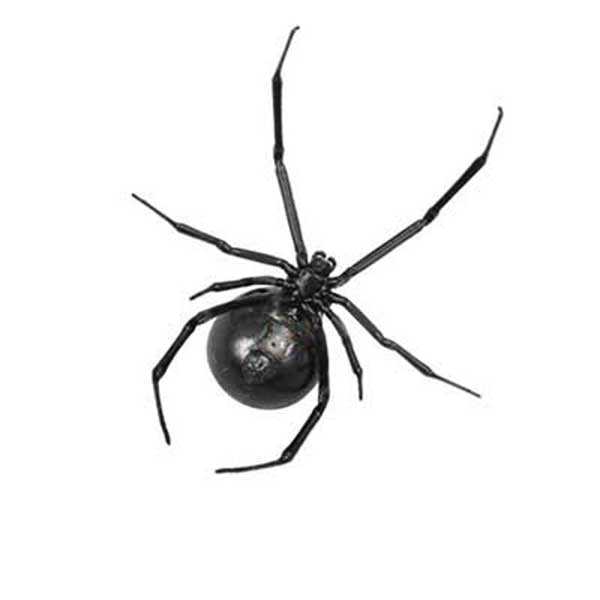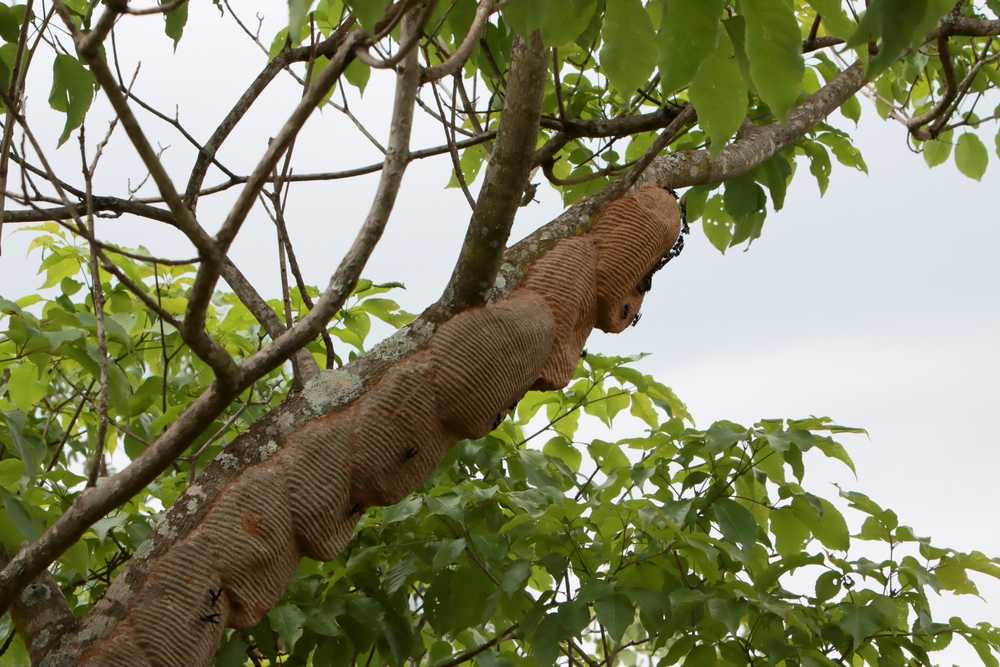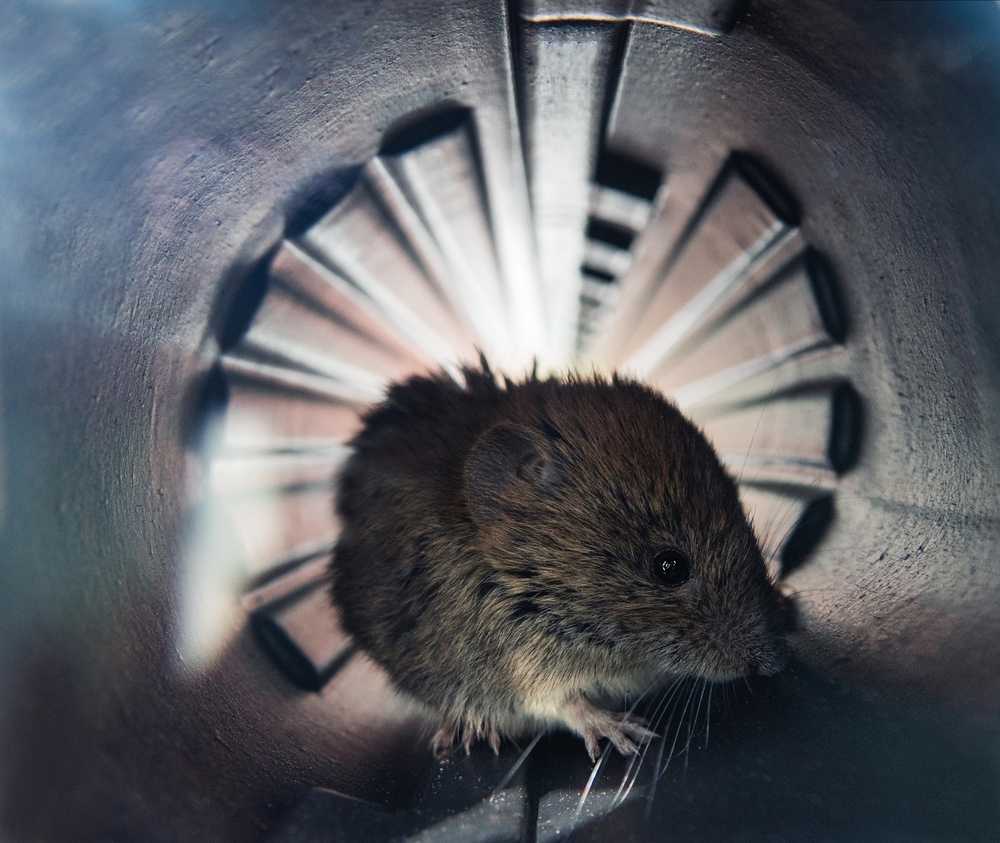False Black Widow Spiders
"*" indicates required fields
False Black Widow Spider
Treatments for this pest are included in these services:
The false black widow is a comb-clawed spider that is often confused with the true black widow and the brown recluse spider. It can be found both indoors and outdoors and they are more active during warmer months. They live in cobwebs, typically near piles of rocks and wood, or underneath tree bark. The false black widow has an oval abdomen that is less rounded than the well-known black widow, and does not have the red hourglass mark on its underside. The brown widow, on the other hand, has a tan to dark brown color with an orange or yellow hourglass mark on its underside. The female can produce three or more egg sacs between May and July, each containing around 200 cream-colored eggs.
What Do False Widow Spiders Look Like?
False widow spiders are often mistaken for their more infamous relatives, the black widow spiders, due to their similar dark-colored, globular bodies. However, unlike black widows, false widow spiders lack the distinctive red hourglass marking on their abdomen. Instead, they sport a unique pattern of markings that can vary depending on the species. Generally smaller than black widow spiders, false widows have a body length ranging from 7 to 14 millimeters. Their coloration is typically shiny black or dark brown, with a rounded abdomen and a narrow waist, making them easily distinguishable upon closer inspection.
Types of False Widow Spiders
Several species of false widow spiders exist, but the most common ones found in the UK are the noble false widow, the Mediterranean false widow spider, and the cupboard spider. The noble false widow is the largest, with a body length of up to 14 millimeters. The Mediterranean false widow spider is slightly smaller, measuring around 10 millimeters in body length. The smallest of the trio is the cupboard spider, with a body length of approximately 7 millimeters. Each of these widow spiders has its own distinct characteristics, but they all share the common trait of being mistaken for the more dangerous black widow.
Are False Widow Spiders Dangerous?
Despite their fearsome reputation, false widow spiders are not as deadly as many believe. Their venom is relatively mild and typically causes only localized pain at the site of the bite. In rare instances, a bite from a false widow spider can lead to more severe symptoms such as swelling, redness, and blistering. However, these symptoms are usually short-lived and do not require medical attention. Interestingly, male false widow spiders are more prone to biting, primarily because they venture out in search of a mate. Overall, while caution is advised, false widow spiders are not a significant threat to humans.
False Widow Spider Habitat and Behavior
False widow spiders are versatile creatures, thriving in a variety of habitats including homes, gardens, and forests. These nocturnal hunters are most active at night, using their webs to ensnare prey. Generally solitary, false widow spiders only come together for mating purposes and do not live in colonies. In domestic settings, they prefer dark, undisturbed areas such as cupboards, basements, and attics. In gardens, they can be found hiding in vegetation, under rocks, and in other secluded spots. Their adaptability and solitary nature make them a common, yet often unnoticed, presence in many environments.
False Black Widow Spider Control Solutions
Often, professional pest control is the most effective way to help eliminate false black widow spiders in the United States. When you contact PURCOR, we’ll send out one of our service specialists to perform an inspection of your home or business before setting you up with a regular pest control and prevention program. Request your spider control quote. Brown widow bites are generally less painful and the symptoms are milder compared to the more pronounced symptoms associated with black widow bites.



